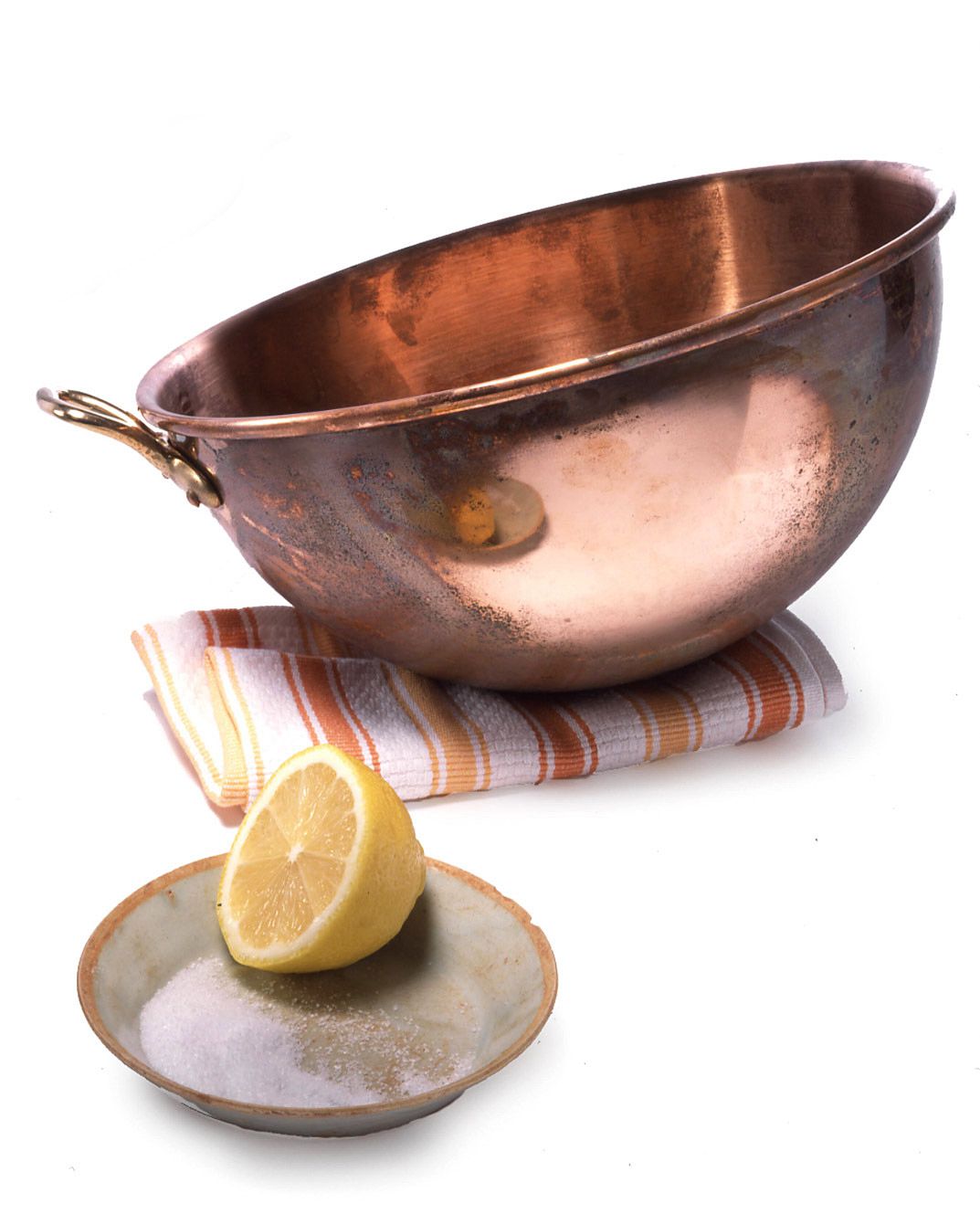A cleaner kitchen starts with more hygienic cleaning tools.
Do you feel like your home is never completely clean, despite your best efforts? There will always be some degree of mess in a lived-in home, but proper cleaning can keep odors, stains, and illness-causing bacteria at bay. But hold up—before you get tidying, you may need to wash your cleaning tools.
Did you know that your cleaning tools are quite likely crawling with bacteria? That’s right, the items designed to keep your home clean aren’t so clean themselves. Luckily, you can make a few changes to keep dishcloths, brushes, and sponges fresh in order to up your cleaning game. Let’s dive in!

Conditions for Bacterial Growth
Bacteria are like ninjas, hiding in plain sight. You may think you got rid of them, but they are always there. They are excellent at adapting to various environments and conditions. In order to reduce your risk of exposure to potential illness-causing bacteria, it’s important to understand the optimal conditions for bacterial growth.
- Warm Temperatures
Bacteria thrive in warm temperatures, growing fastest in temperatures between 40 and 140 degrees Fahrenheit. Some bacteria can still survive on either side of those temperatures.
- Moisture
Bacteria require water to replicate and will die without it. Unfortunately, your dishcloths, brushes, and sponges are often moist after use, thereby providing a haven for bacteria to flourish.
- Oxygen
Oxygen-rich environments are ideal for most disease-causing bacteria to grow. However, it should be noted that some bacteria thrive in oxygen-deficient environments, such as the bacteria that cause botulism.
- Acid vs. Alkaline Environments
Most bacteria prefer environments with a pH level that is close to neutral. However, there are some that can survive in environments that are more acidic or alkaline in nature.
How to Keep Your Cleaning Tools Bacteria-Free
As you can see, most bacteria thrive in environments that are moist, warm, and oxygenated. Your dishcloths, brushes, and sponges all provide such environments. When you use these tools to clean or wipe other items, cross-contamination occurs, allowing the bacteria to spread and potentially be consumed by unsuspecting people. In order to really keep your home clean and germ-free, it is important to not only clean—but to clean your cleaning tools as well. Here’s how it’s done.
How to Clean Your Dishcloths
Warm, moist dishcloths are bacteria heaven. In order to get them clean and bacteria-free, toss them in the washing machine with a cleaning agent that contains bleach. The washing machine should be set to at least 140 degrees. This temperature setting and the alkaline bleach will help get rid of nasty bacteria. Spin or line dry until completely dry to the touch. Other tips include:
- Purchase dishcloths that dry quickly such as thin, microfiber or bamboo cloths; not thick cotton ones.
- Use paper towels or wipes when cleaning meat and poultry juices, and other food spills.
- Wash your dishcloths every other day

Keeping Your Brushes Clean
When it comes to dish duty, if you have to choose between dishcloths, brushes, and sponges, choose brushes as they are the most hygienic of the three. They are relatively easy to clean and dry quickly. Brushes can be awkward to use on certain items such as wine glasses, so always have a backup cleaning tool for these delicate items.
The easiest way to clean a brush is to put it on the top rack of the dishwasher with the bristles facing up, then run it through a cycle and let it dry. Alternatively, make a solution of white vinegar and a drop of dish soap. Soak the brush in the solution for at least an hour, and then hang it or put it on a clean dishcloth to dry. Don’t forget to remove any chunks of food and dirt beforehand; you can use a fork to dislodge any stubborn bits.

Polishing Cloth

Polishing Cloth
Choose untreated 100-percent-cotton flannel, which is softer than plain cotton, for polishing silver or other metals. Machine wash and dry. If you can’t launder it right after use, let it dry on a rack before throwing in the laundry basket. Do not use fabric softener or dryer sheets, as these reduce absorbency and can leave behind a residue

How to Clean Your Sponges
Sponges are said to be the worst of the three tools when it comes to harboring bacteria. They tend to stay moist and have so many nooks and crannies for bacteria to make themselves at home. If you choose to use sponges, keep in mind they must be cleaned thoroughly. Although many homeowners swear by disinfecting them in the dishwasher, microwave, or pot of boiling water, and while these methods will destroy many types of bacteria
Assuming you use your sponge every day, it should be replaced when it starts to stink, or at least once a week. Keep kitchen sponges cleaner for longer by not using them to clean up meat juices, food spills, or pet stains, and dedicating different sponges for particular tasks.

Keeping Your Cleaning Tools Bacteria-Free: It’s for Your Own Good
In order to keep your household safe and healthy, it may be best to cut your losses and clean and replace your cleaning tools as often as suggested. Alternatively, retire dishcloths, brushes, and sponges from use in the kitchen and dedicate them to use in other areas of the home where bacteria won’t cause too much of a problem, such as floors, bathrooms, or garages. As long as they are not used on the items you use to prepare or eat food, there’s less of a chance for infections and other illnesses.

Mop
Keeping a mop impeccably clean is essential — not only will this ensure cleaner floors, but even a little bit of leftover soil can result in a sour smell. After washing the floor, rinse the mophead thoroughly in a bucket of clean, hot (but not boiling) water. If the mophead is easily detachable, you can rinse it in a utility sink instead. To avoid spreading germs, never rinse mopheads or other tools used for cleaning in the kitchen sink.

Dishwasher
Once a week, clean the dishwasher door panel with a soft, lightly dampened cloth and dry thoroughly. Stainless steel can be cleaned with a commercial stainless-steel spray. To clean the control panel, use a lightly dampened cloth (excessive moisture can damage the panel) and dry thoroughly. Dishwasher interiors are either stainless steel or plastic. Stainless is generally impervious to stains; plastic is more vulnerable.








